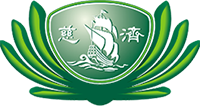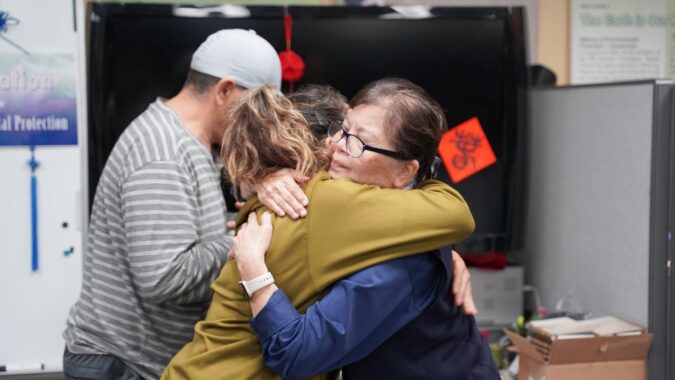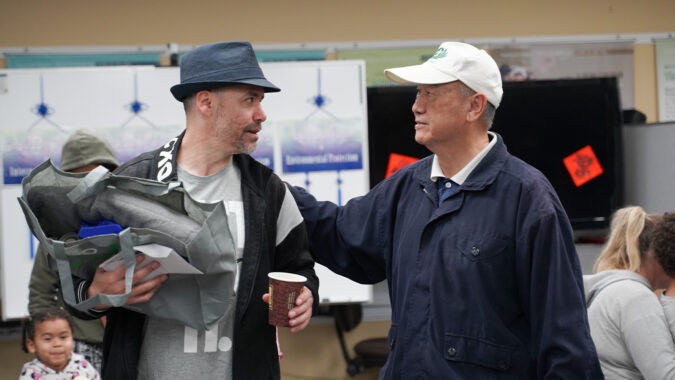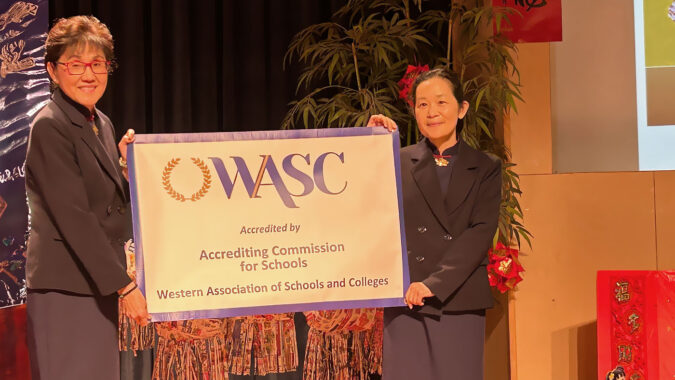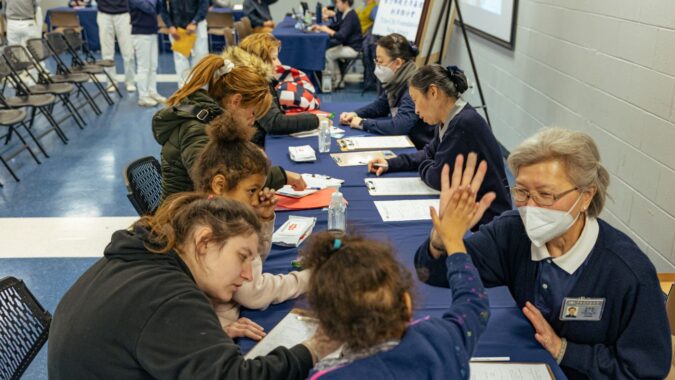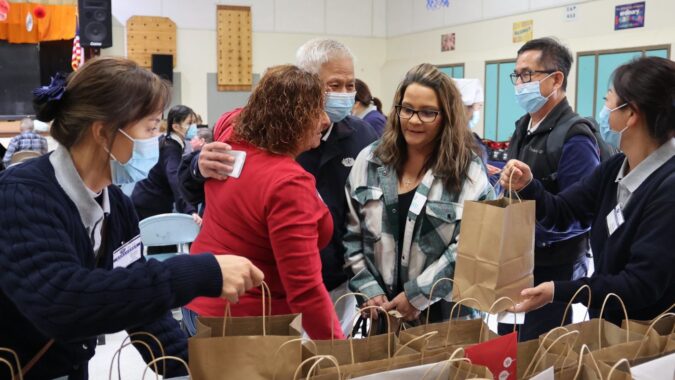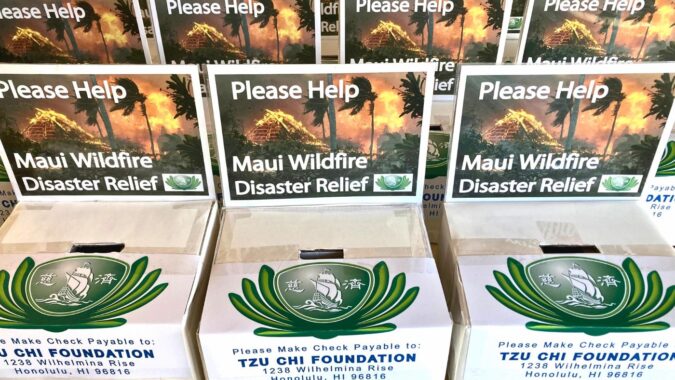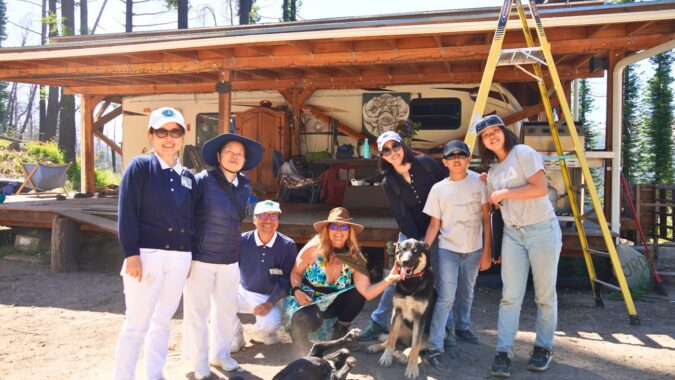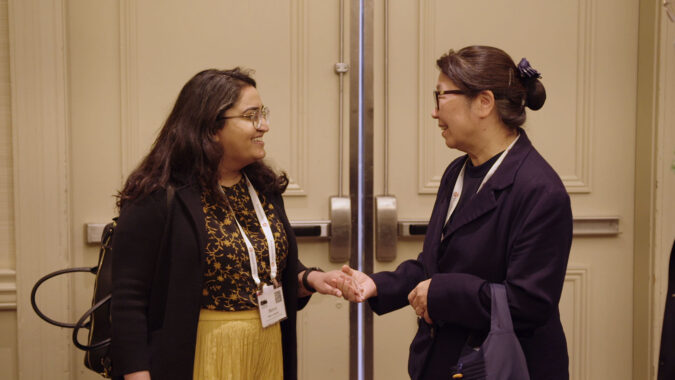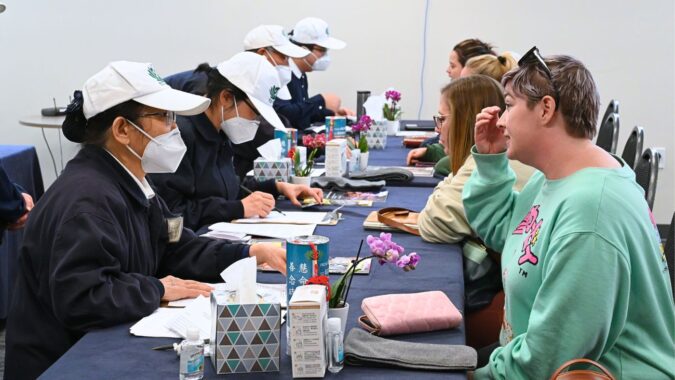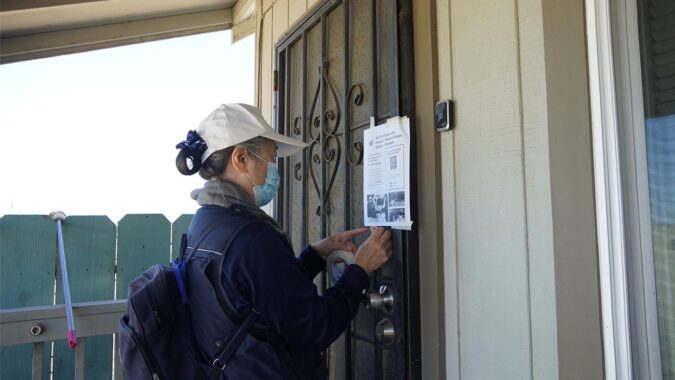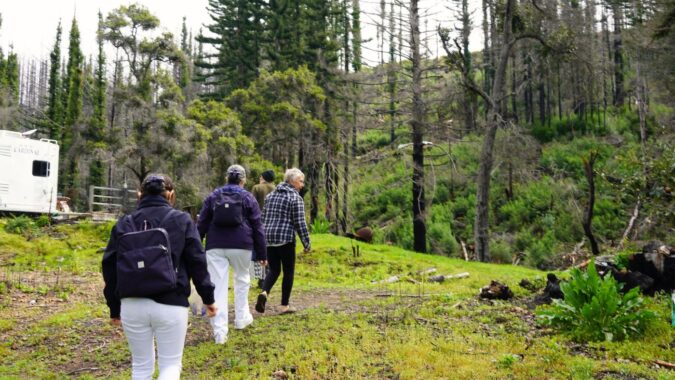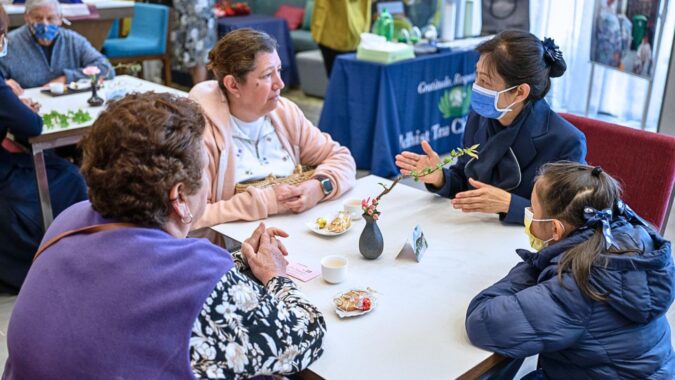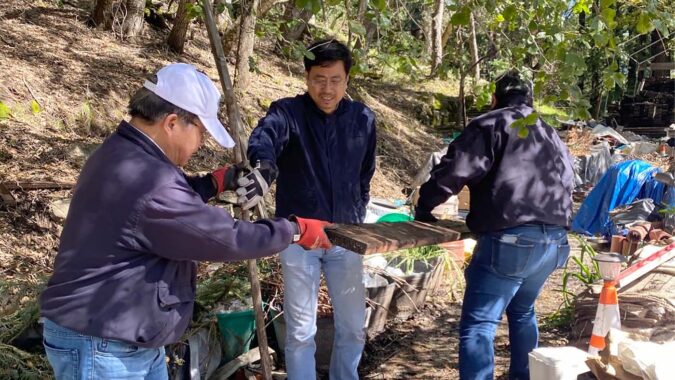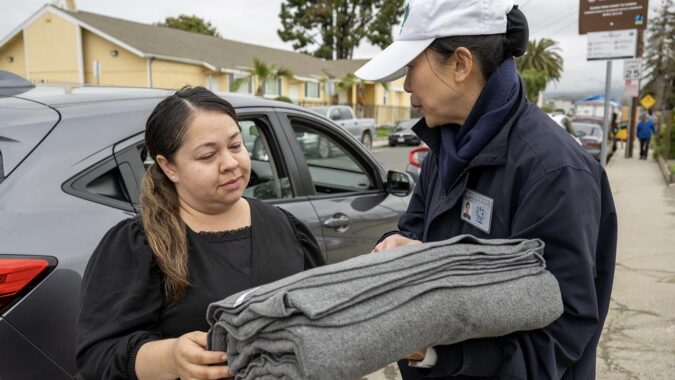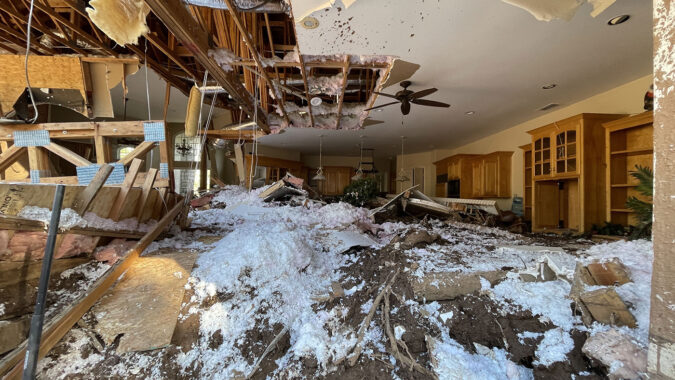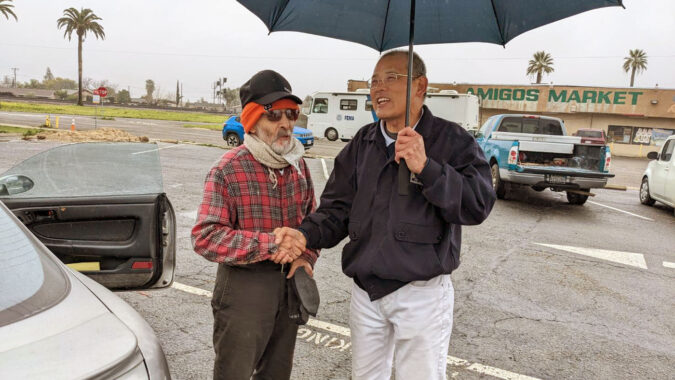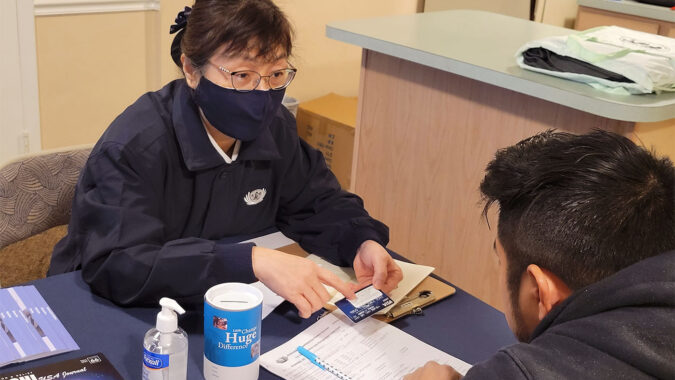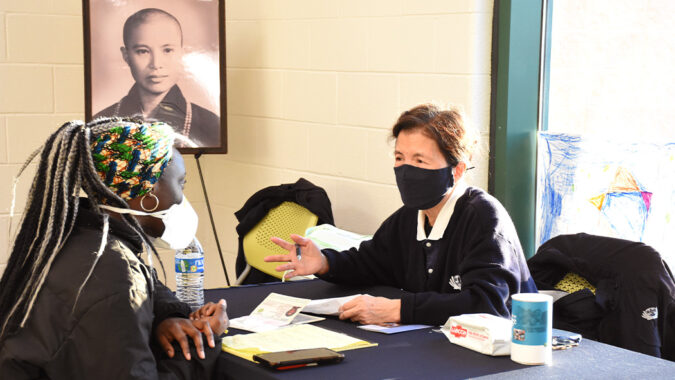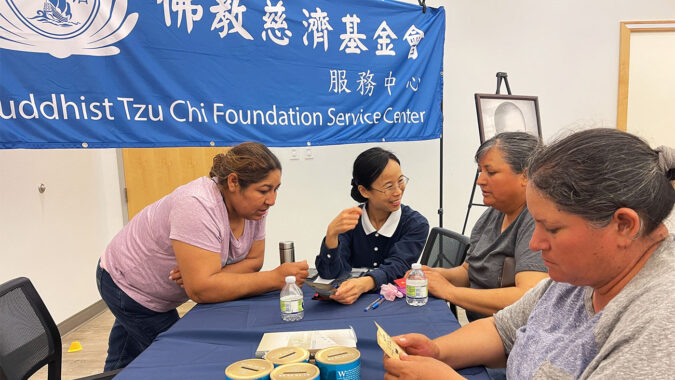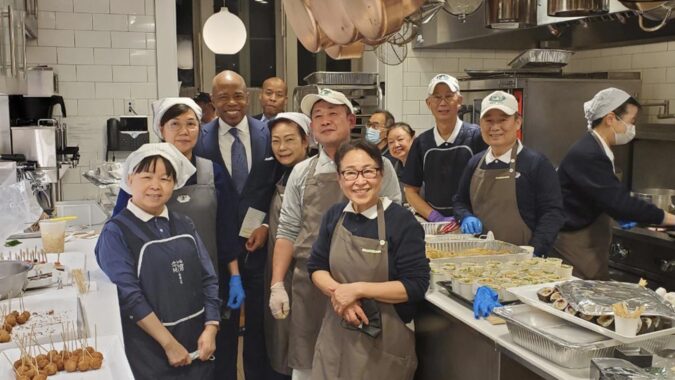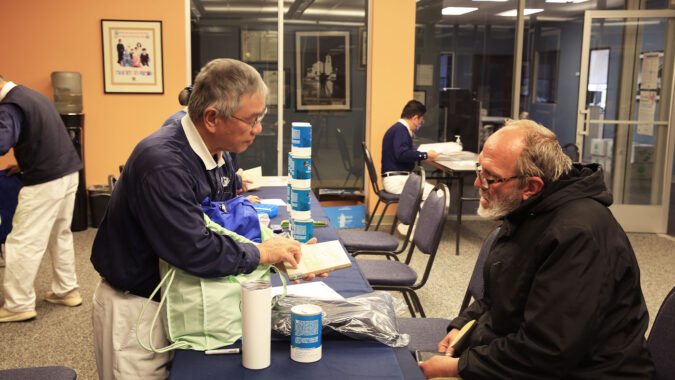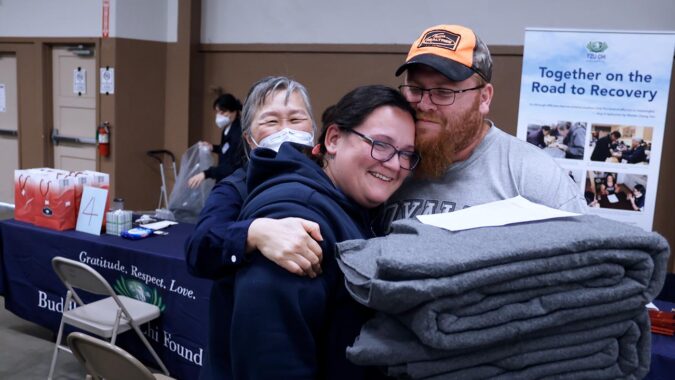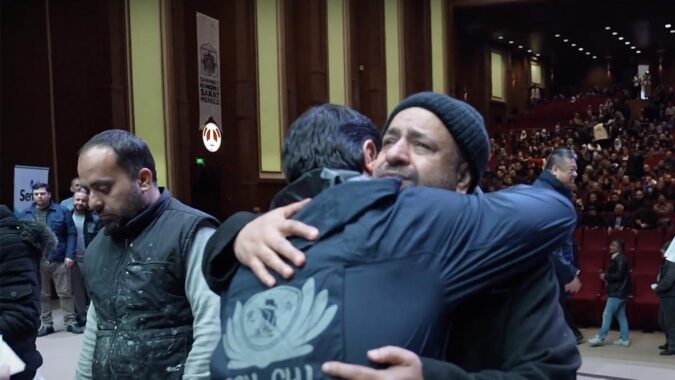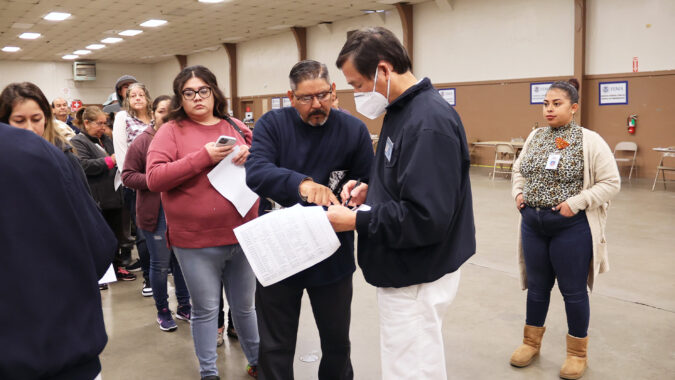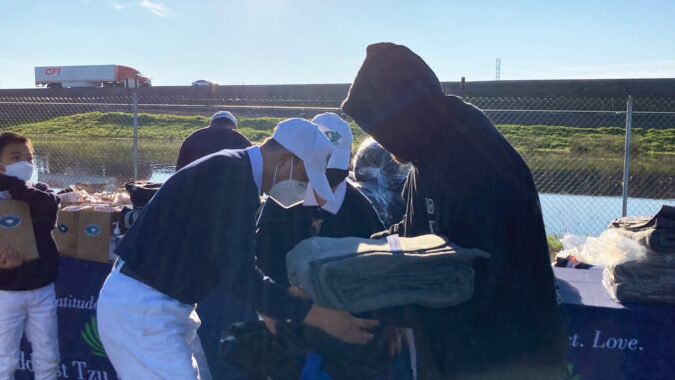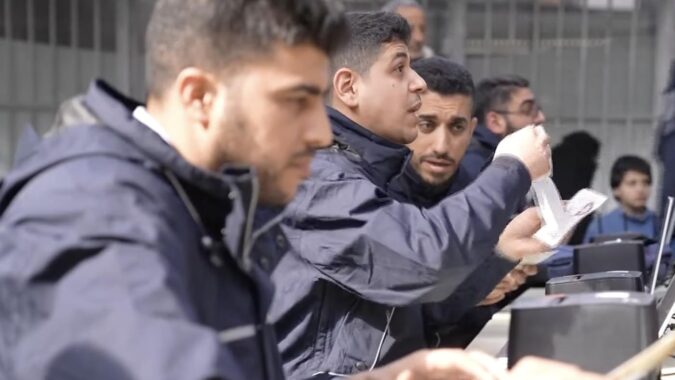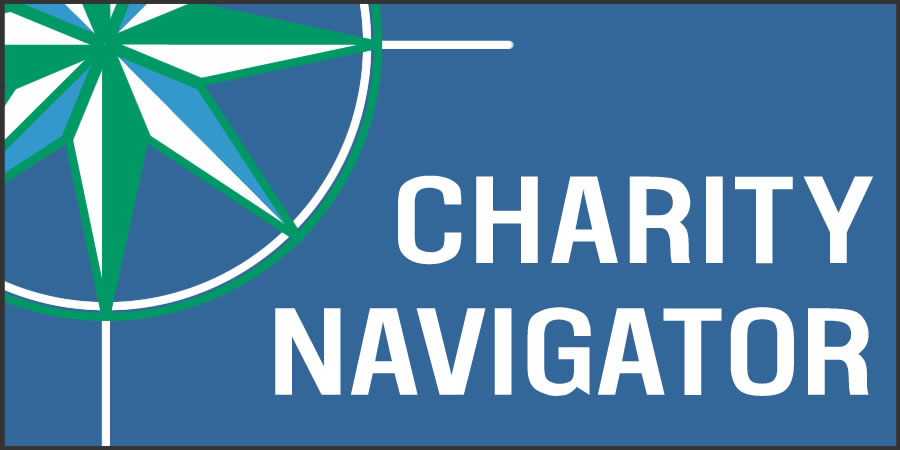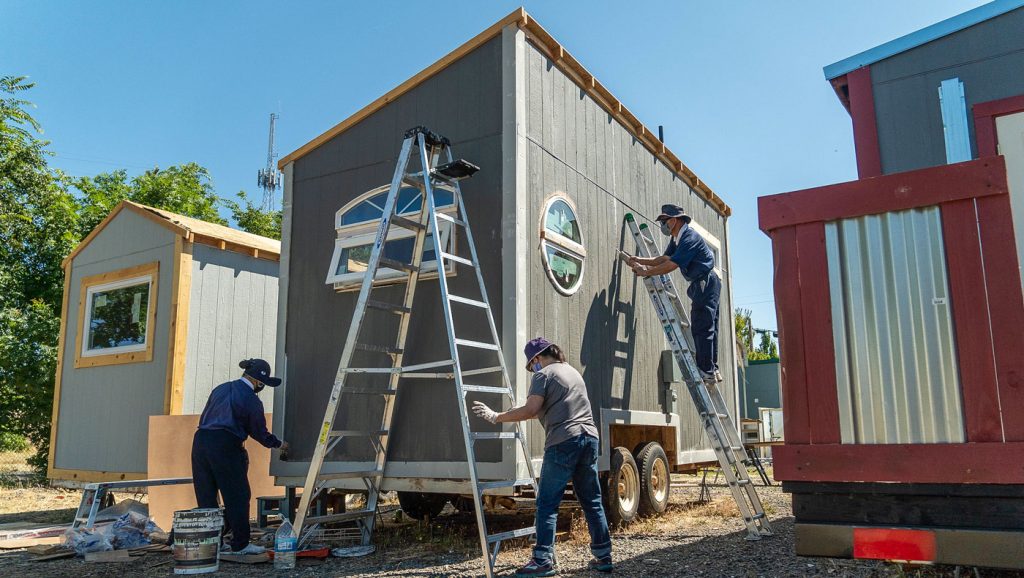
Written by Huan Xun Chan
Translated by Huan Xun Chan
Edited by Ida Eva Zielinska
Housing has been the most discussed topic within the communities affected by the Camp Fire that occurred in Northern California in November 2018. The disaster destroyed nearly 19,000 physical structures in the town of Paradise and nearby unincorporated communities in Butte County. Sadly, former residents of now burn-scarred communities still face many challenges on their path to having a place they can confidently call home, even months or years later.
According to a study prepared by Peloton Research + Economics for the North Valley Community Foundation – entitled “The Impacts of Camp Fire Disaster on Housing Market Conditions and Housing Opportunities in the Tri-County Region” – wildfire survivors may encounter problems such as lack of available housing inventory, record-high housing costs and rental rates, insufficient aids and affordable housing for uninsured and under-insured residents.
As of March 31, 2021, the town of Paradise has issued 1,726 single or multi-family home building permits, and 837 rebuilt homes have occupancy. At the same time, Butte County issued 356 residential building permits to unincorporated communities inside the burn area, including Magalia, Concow, Yankee Hill, and Pulga. While some progress is evident, the communities are still very far away from being fully recovered in terms of housing.
Agencies and individuals are aggressively seeking different housing solutions, hoping to rebuild the town and communities despite all the obstacles that arise on the way. While focusing on disaster case management, Tzu Chi volunteers are also proactively involving themselves and collaborating with partner agencies to pursue feasible housing solutions.
Tiny Homes Become an Alternative Housing Solution
Tiny Pine Foundation, a non-profit that gives fire survivors tiny custom homes, built entirely with donations and by volunteers, is one of Tzu Chi USA’s partners in the Camp Fire recovery aid mission.
“I met Minjhing Hsieh (Director of Tzu Chi USA Northwest Region) at a grant writing seminar in Chico,” Alyssa Nolan-Cain, Founder and President of the organization, shares, then adding, “But I actually know Tzu Chi [from] beforehand because when I lost my home in the 2008 fire, you guys were the people that helped me the most.”
As a disaster survivor herself, Nolan knows what it feels like to have needs. She started on her own recovery path by learning how to build a tiny house and later founded the non-profit organization. “It really helps me personally, launching some campaigns to help other people,” she says, exhibiting a strong sense of solidarity with the community of wildfire survivors.
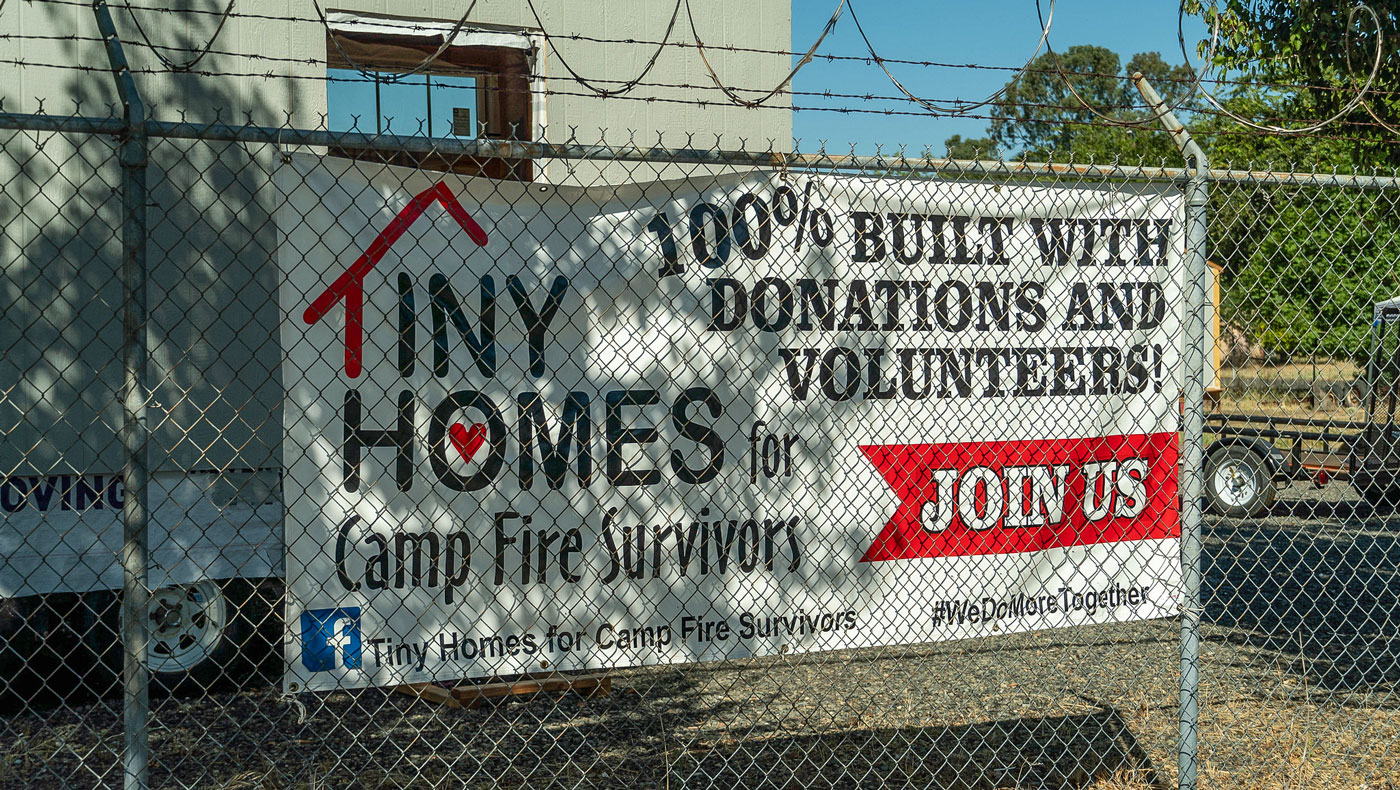
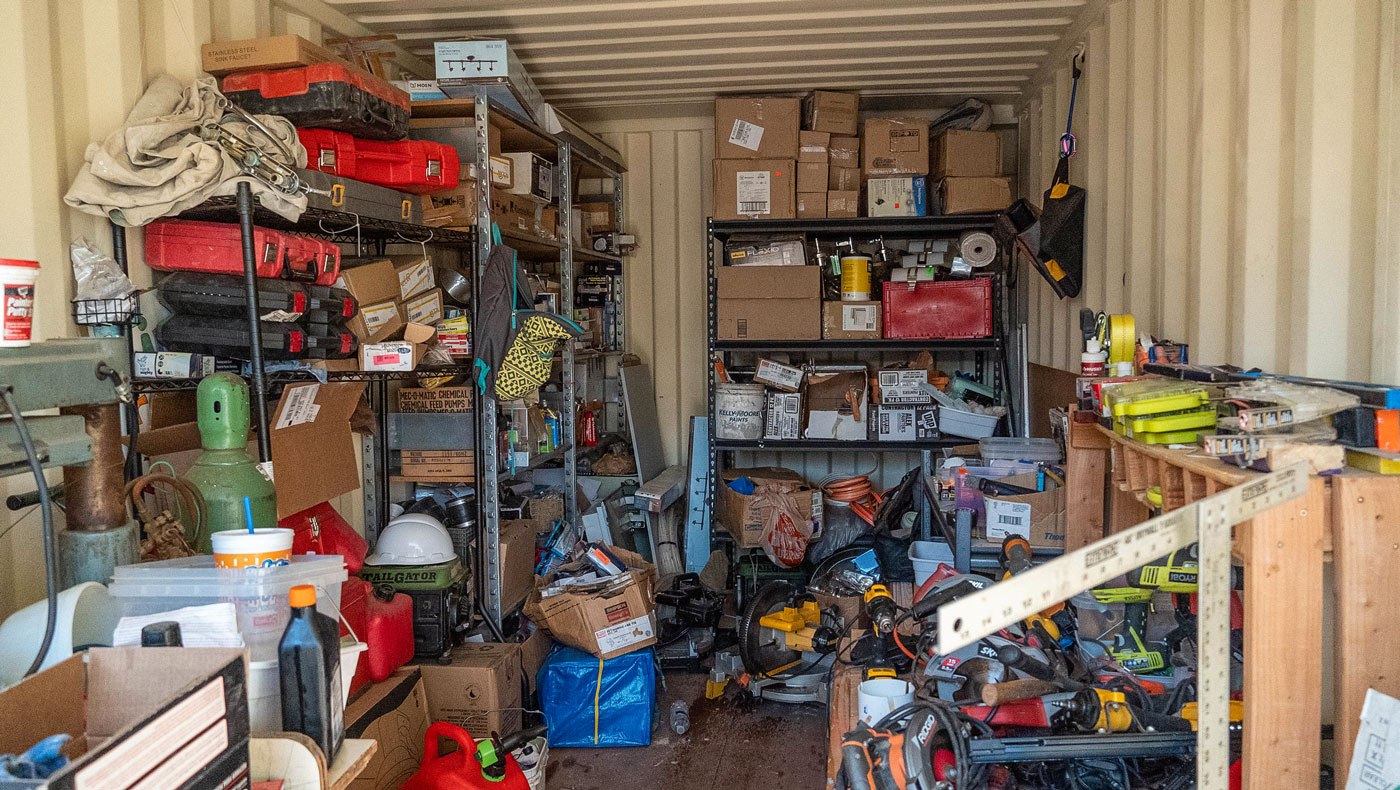
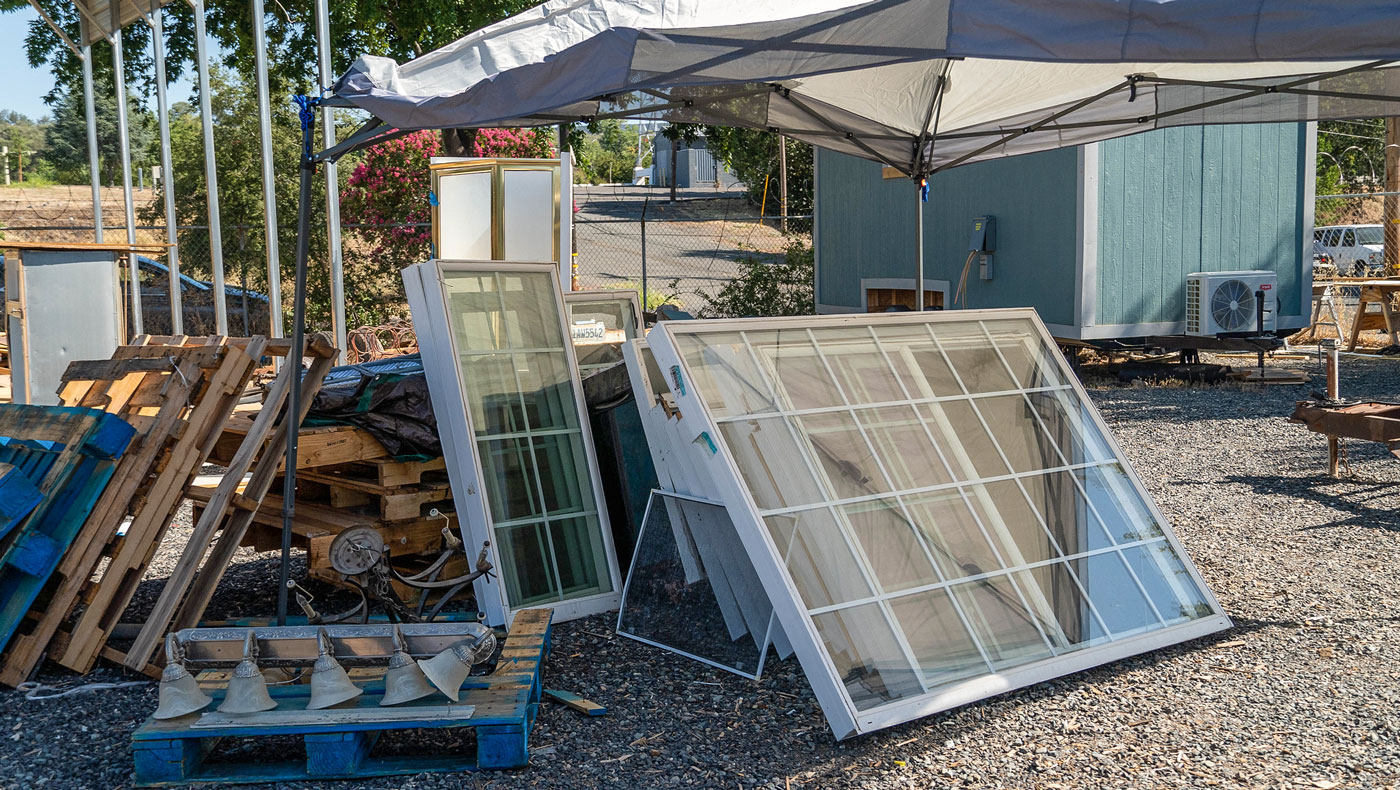
In 2018, Tiny Pine Foundation, then known as the “Tiny Homes for Camp Fire Survivors” project, started with volunteer labor and donations to build tiny houses for those who had lost their homes in the fire. Photos/Huan Xun Chan
With the help of generous donors and volunteers from across the country, Tiny Pine Foundation has gifted 21 Camp Fire survivor families with tiny homes from December 2018 through December 2020. Moreover, by the end of December 2020, the organization had nine homes under construction and had received funds for 16 additional houses.
Under the circumstances of high rebuilding costs, a tiny house, which only requires a building materials budget of around $9,000, can be an alternative housing solution that is within reach.
Through its disaster case management services, Tzu Chi USA has funded one tiny home for a family. Additionally, according to Nolan, in October 2020, five other future beneficiaries of a home from Tiny Pine Foundation are under the care of Tzu Chi USA’s disaster case managers.
It’s no surprise then that Nolan is genuinely excited about partnering with Tzu Chi USA in the work of Camp Fire recovery:
You guys [Tzu Chi USA] are like us, you guys are like a tiny but mighty army, and you make a big impact. To partner with some like-minded organizations, we make a bigger impact working together. Today we're able to serve many people with various needs because we partner.
Alyssa Nolan-Cain, President & Founder - Tiny Pine Foundation

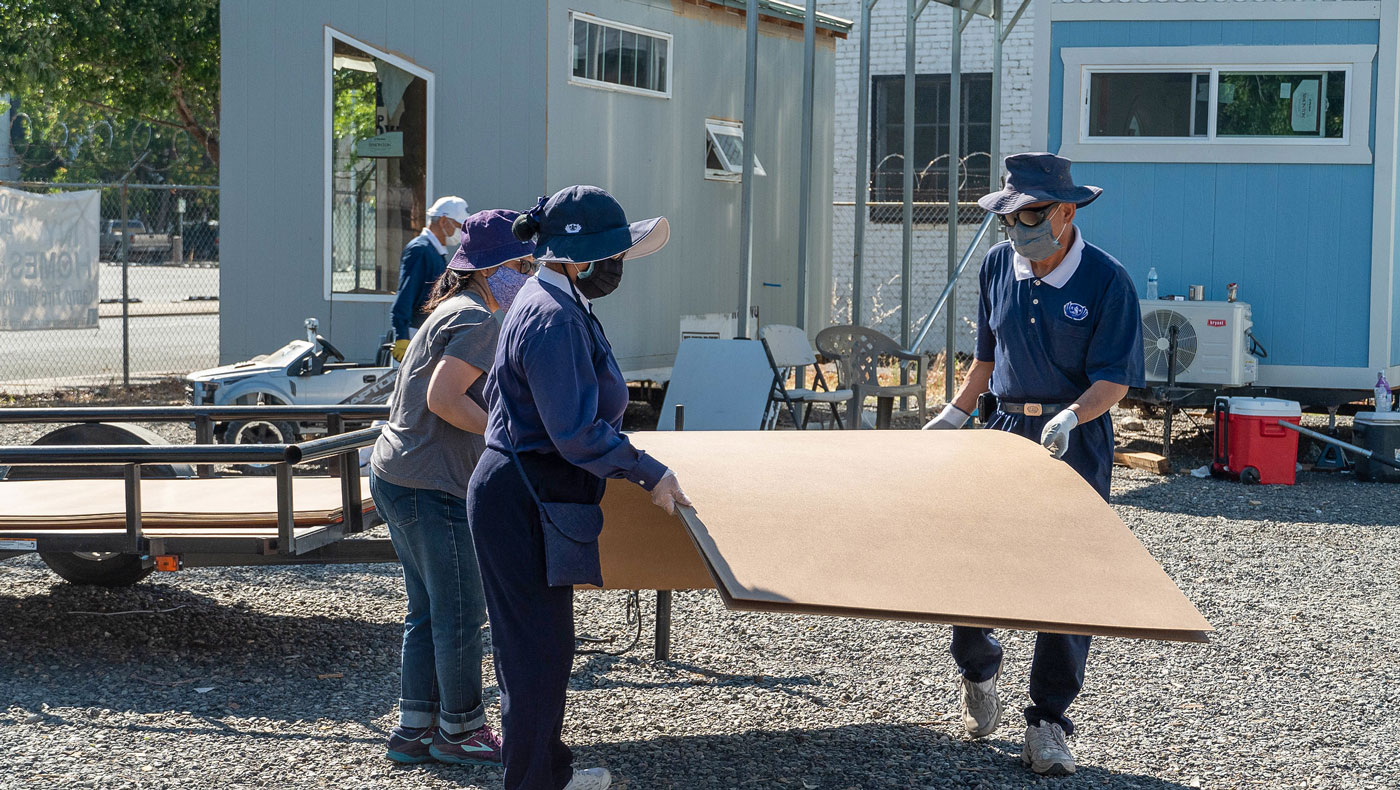
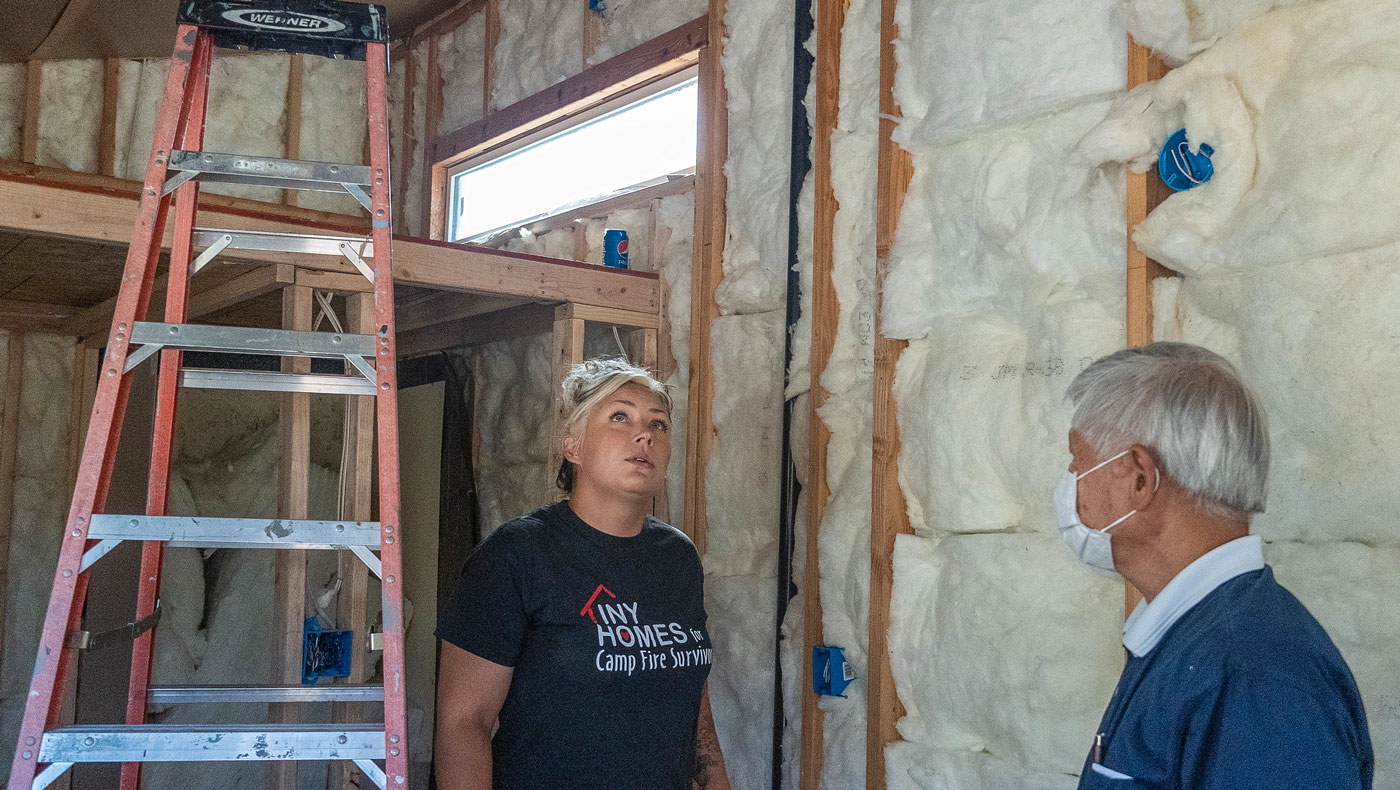
Tzu Chi volunteers help out with the construction of tiny homes at Tiny Pine Foundation’s manufacturing site in Oroville, California. Photos/Huan Xun Chan
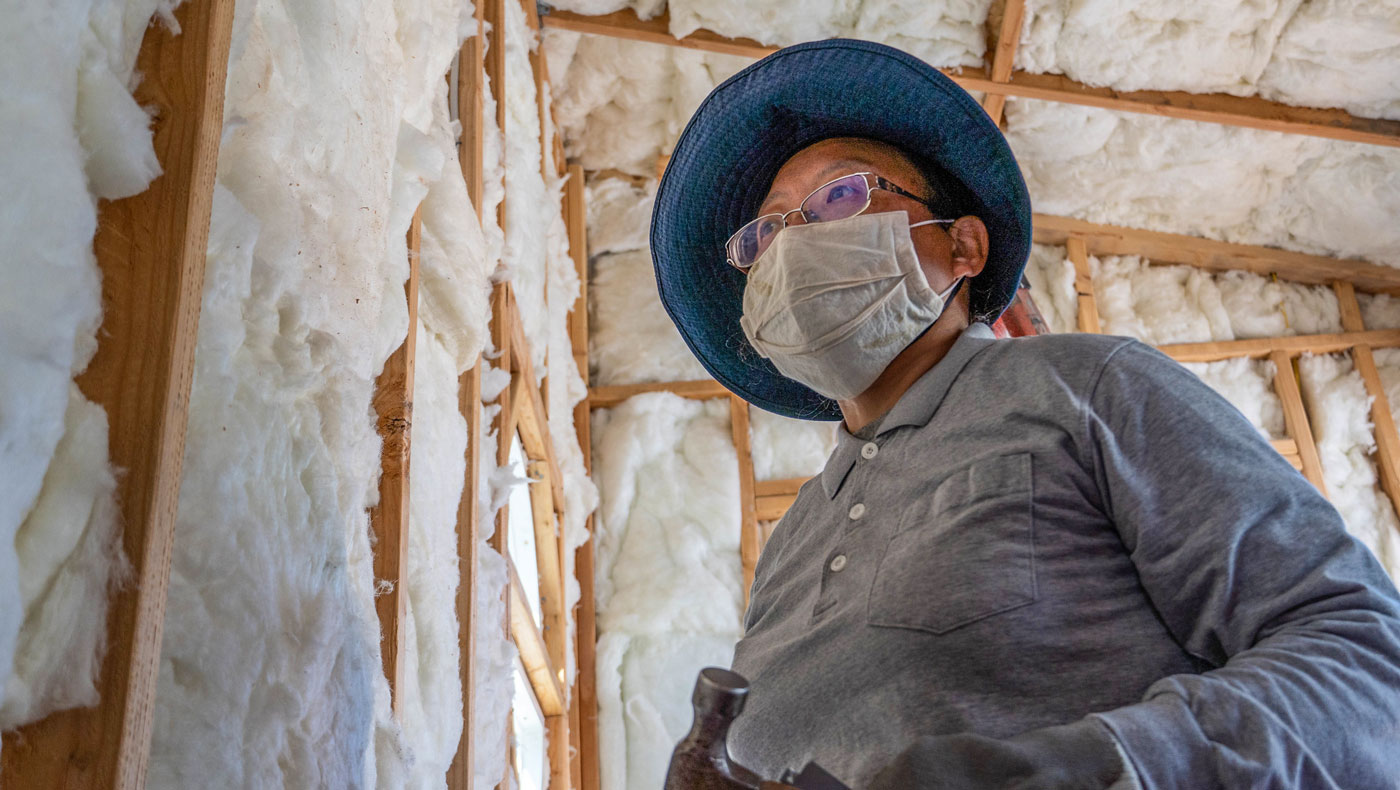
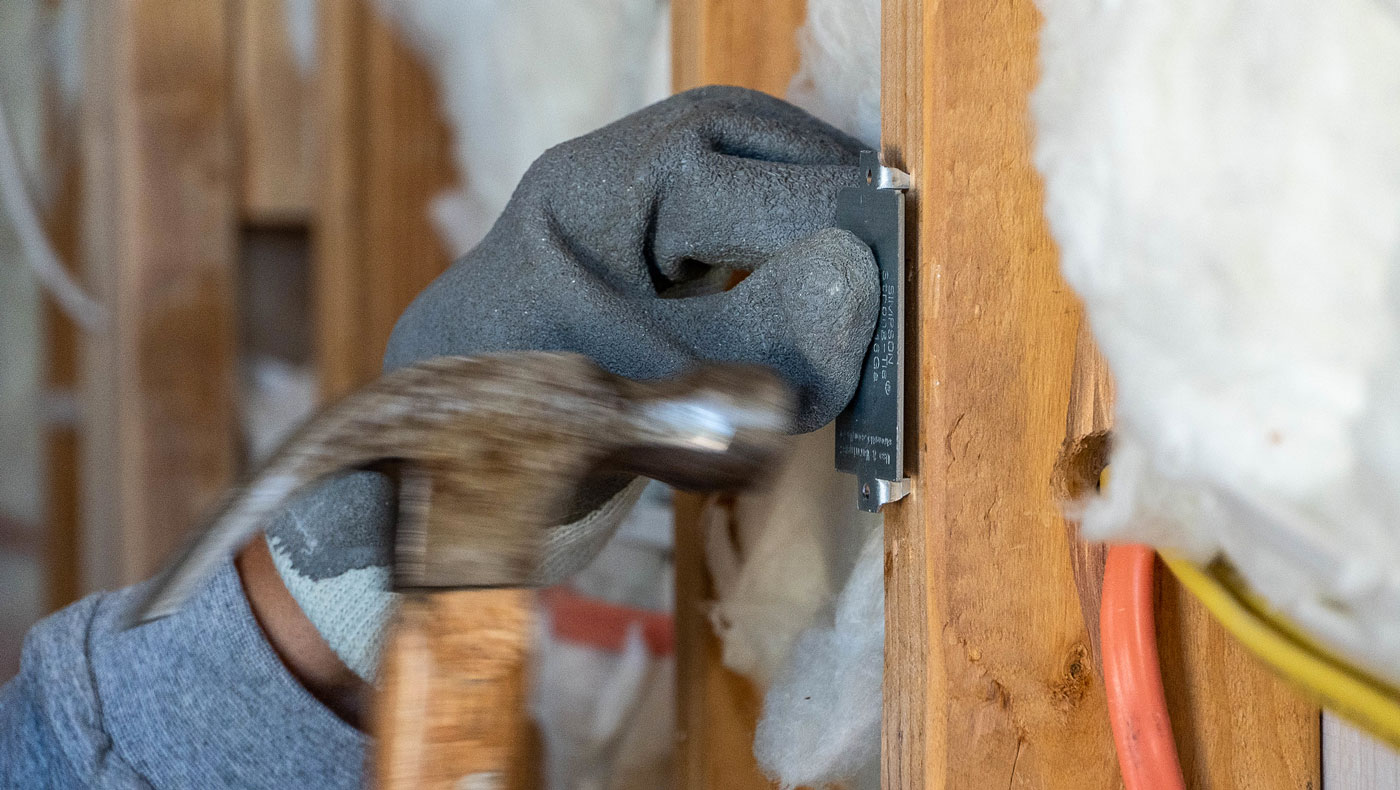
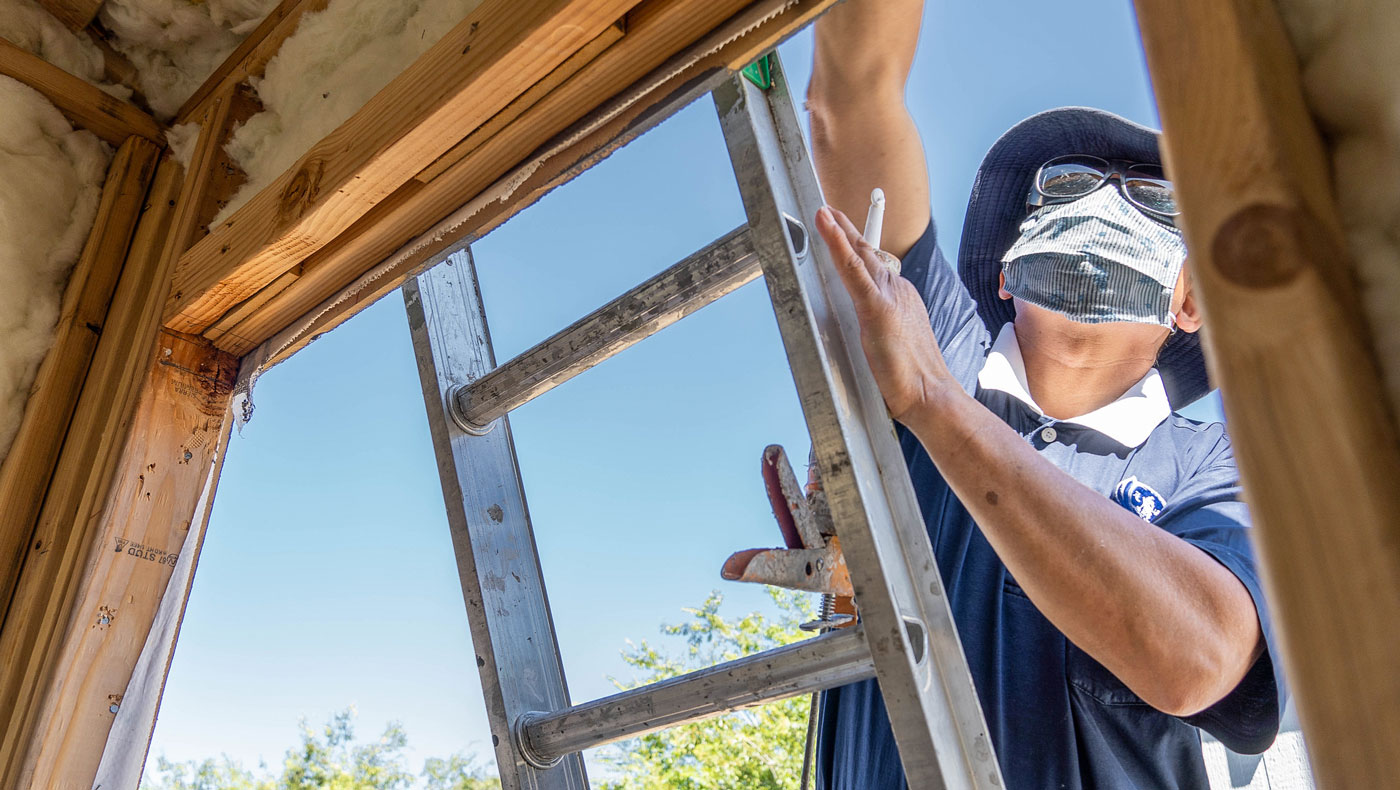
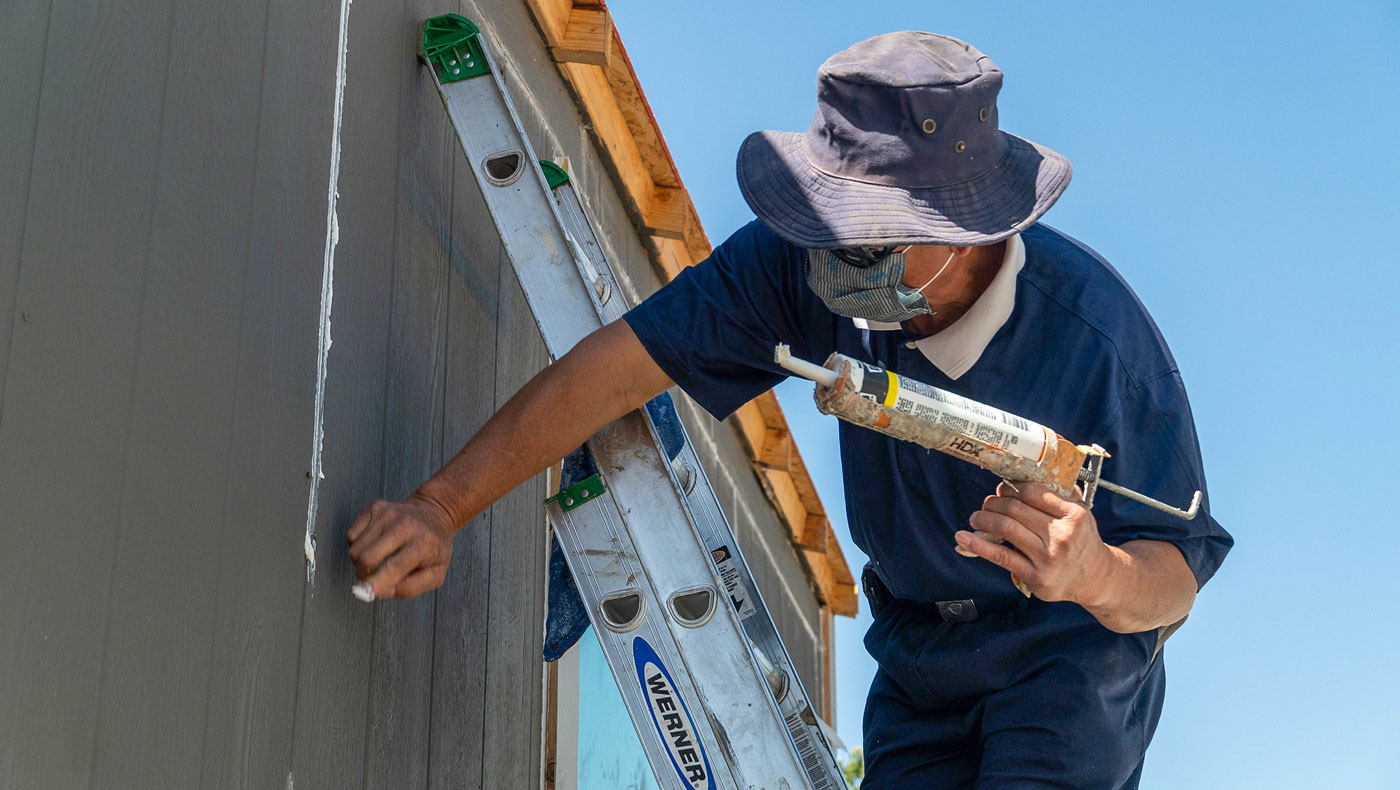
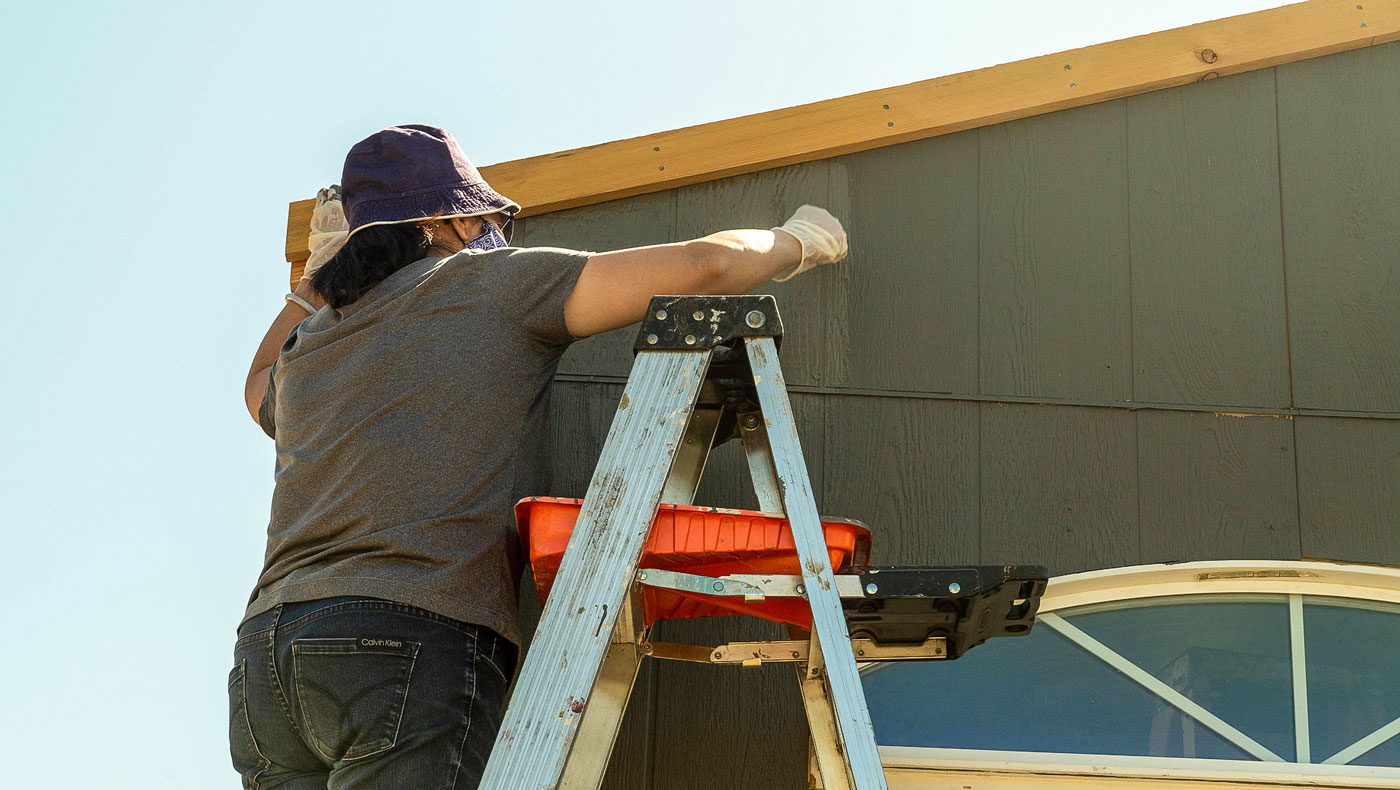
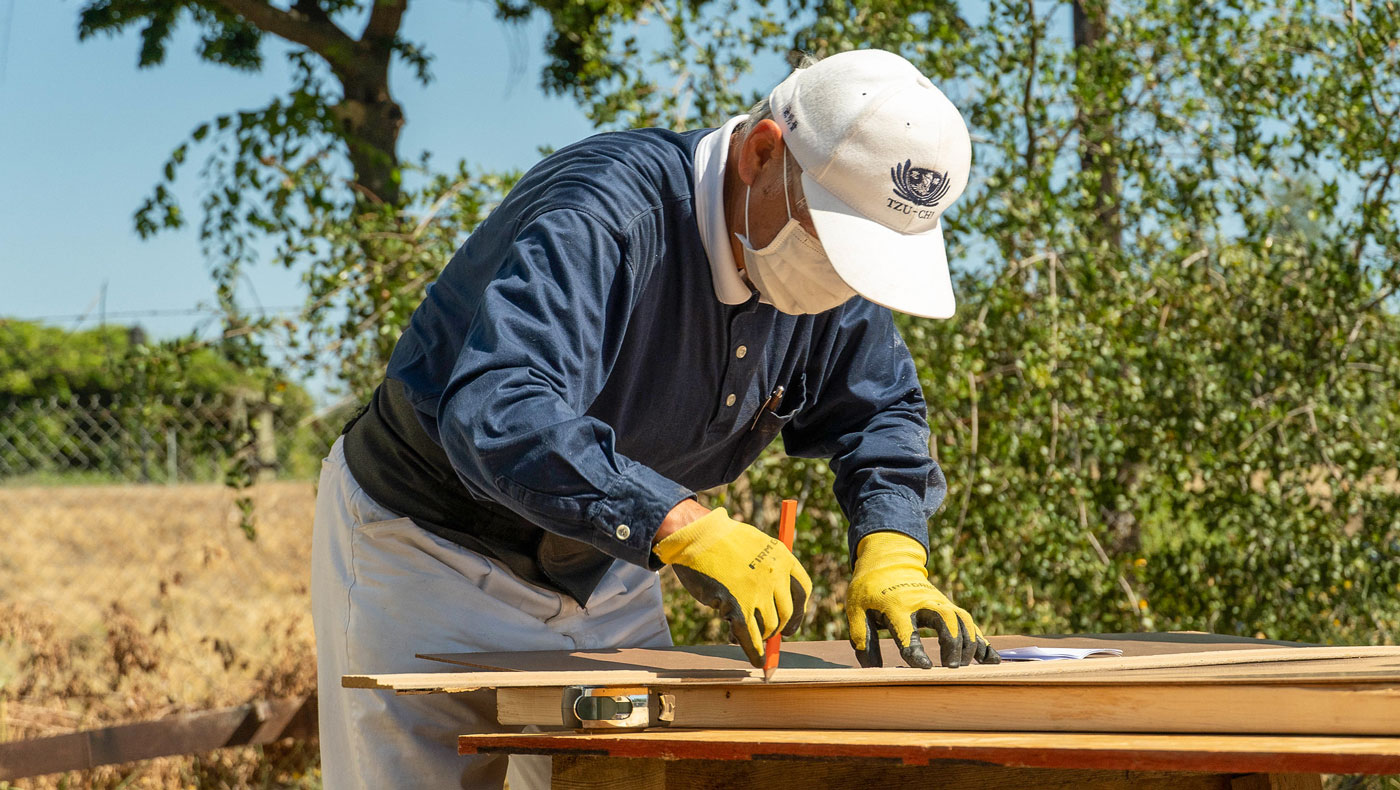
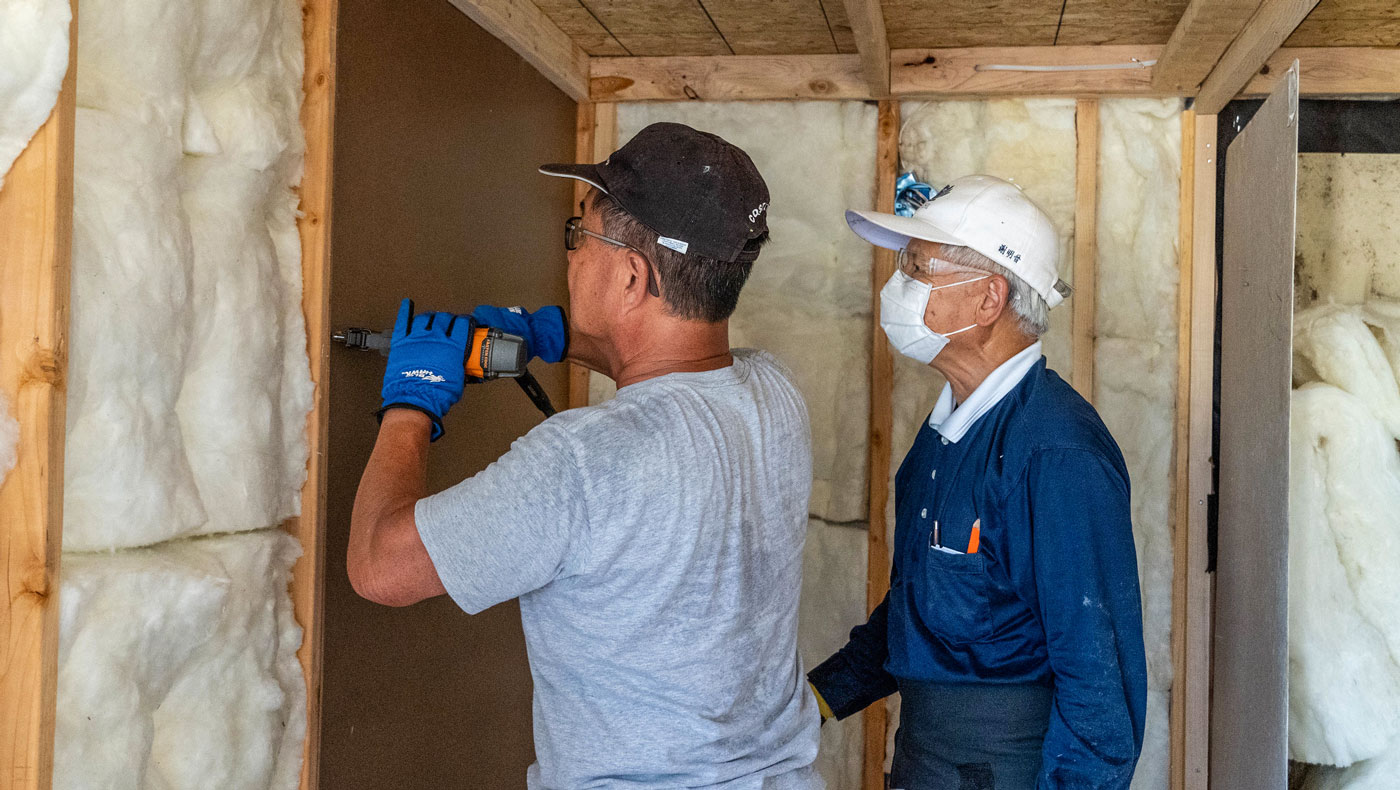
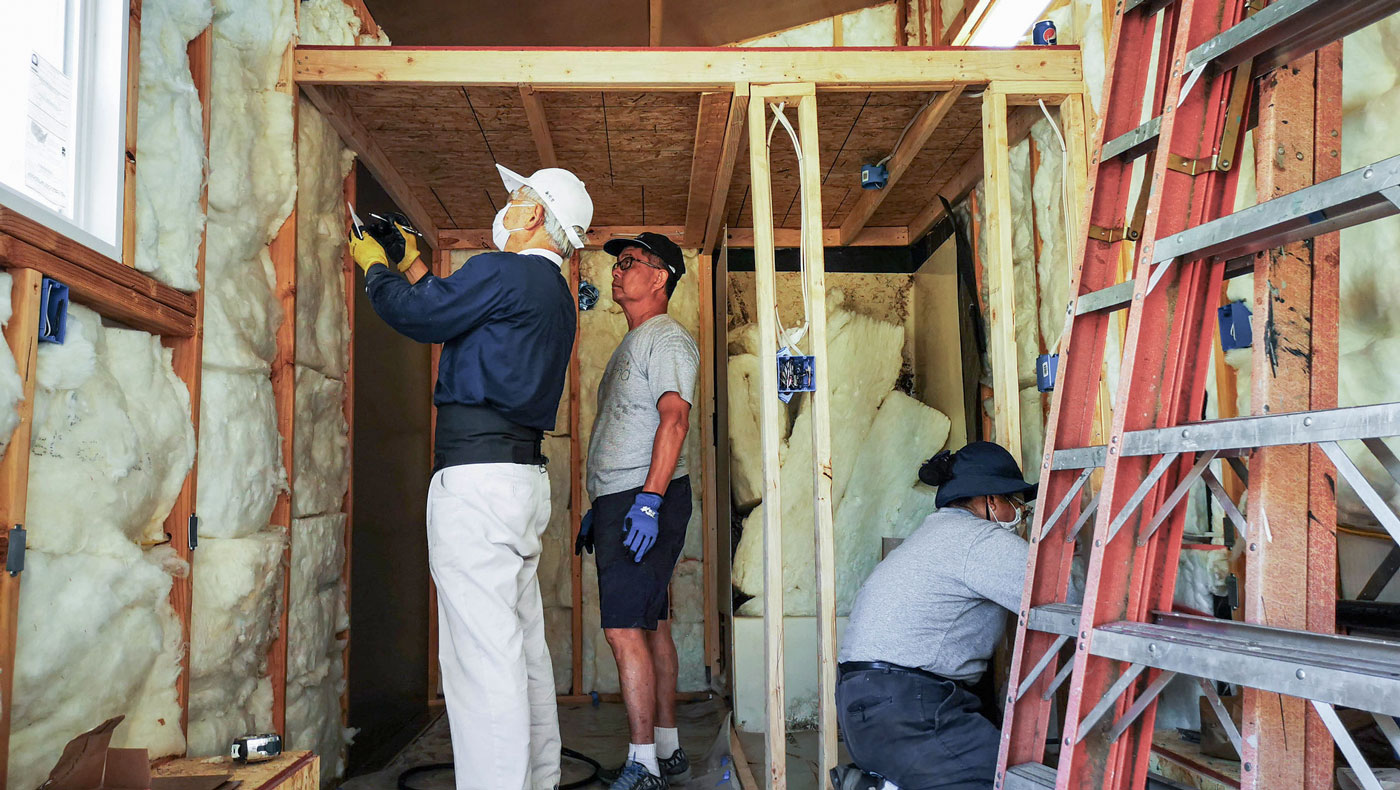
Tzu Chi volunteers with various skills work on different tasks at the tiny home manufacturing site under the guidance of Alyssa Nolan-Cain, Founder of Tiny Pine Foundation. Photos/Huan Xun Chan
3D Printing Brings Possibilities to Affordable Housing Materials
Andrew Garrard is an architect with experience in fabrication and design who moved back to Paradise after the Camp Fire of 2018. He saw how many wildfire survivors who lost their homes were struggling, in desperate need of safe and secure housing. But, unfortunately, houses are extremely costly to build in fire-damaged areas. On top of this, many contractors are in demand, but there are only so few of them.
“There’s a lot of people who need to be home, and so that inspired me to look at alternatives to building,” Garrard recounts. Upon recognizing this acute need for homes, Garrard dove into exploring 3D-printed housing, although he’s very new to the territory. “The very first thing that I actually started to research was the principles of mixed design. I read some very lengthy and boring papers on construction, concrete 3D printing, and mixed design,” he recalls.
Currently, he’s working on building a prototype using the 3D printer he fashioned and assembled by himself. However, he undertook other steps before that, related to materials, the concrete mixture, in particular: “Before I even started building anything, I was trying to get the mix right and learn how to get the mix to flow through an extruder.”
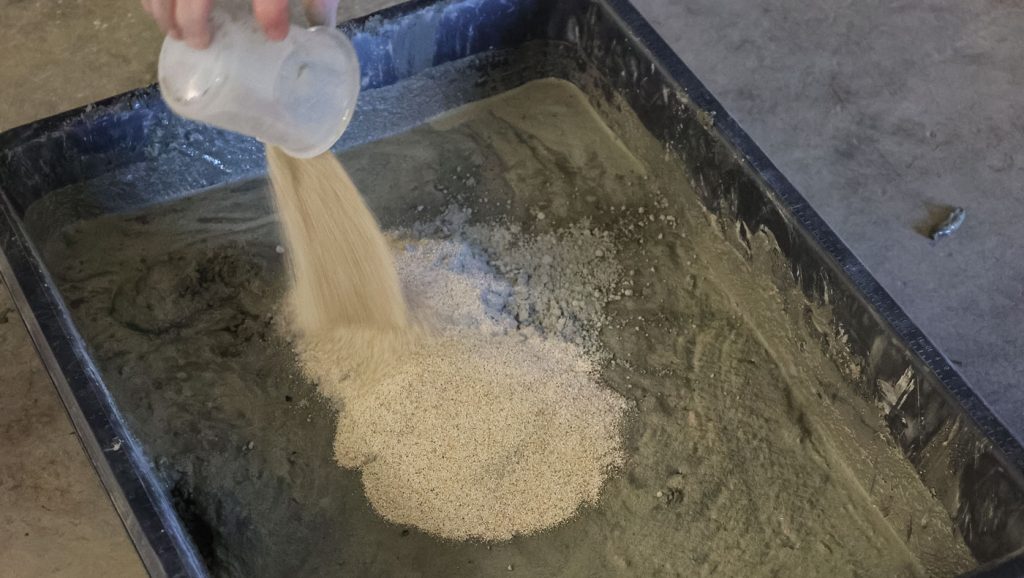
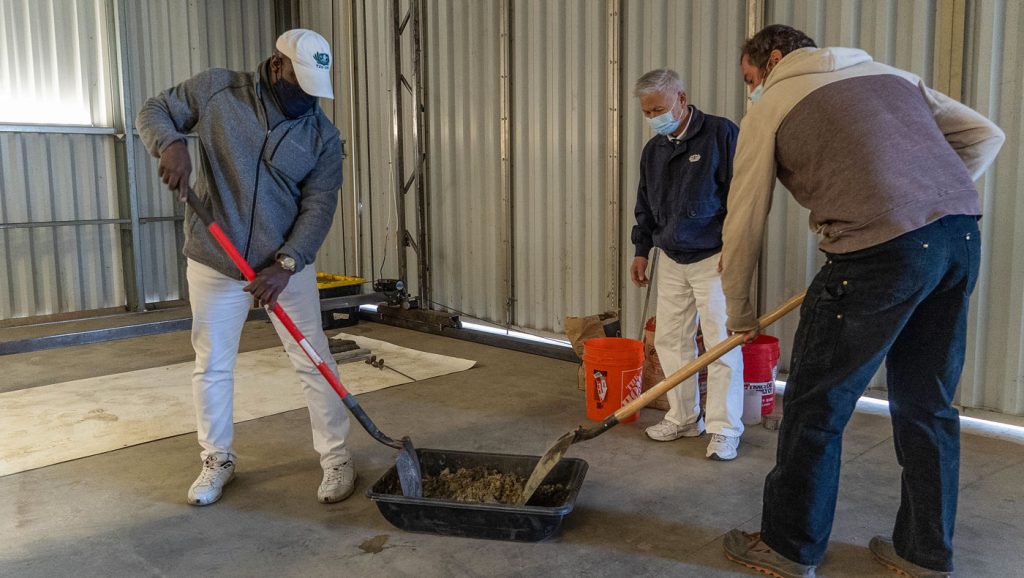
Garrard believes that the concrete materials used for 3D-printed houses are more robust and have more capacity to stand up to higher heat for a longer duration of time without destructive results. Thus, in his view, choosing concrete as a construction material is “a very viable solution in protecting ourselves from an out-of-control environment, and the resources or the materials are pretty available.”
The post-disaster needs gap is vast, and not just in the United States in his estimation: “There’s so much work in the world that needs to be done that is disaster-oriented.” Moreover, Garrard believes that working together for the greater good is critical, whether in the aftermath of a disaster or life in general, a philosophy that Tzu Chi volunteers breathe and act on, as well.
We can bring ourselves forward in the world, and without that, we're limiting ourselves and humanity as a whole. I think that if we have our basic needs met as humans, then we all have the capacity to come together in joy and collaboration and bring a brighter future.
Andrew Garrard, Architect & Builder
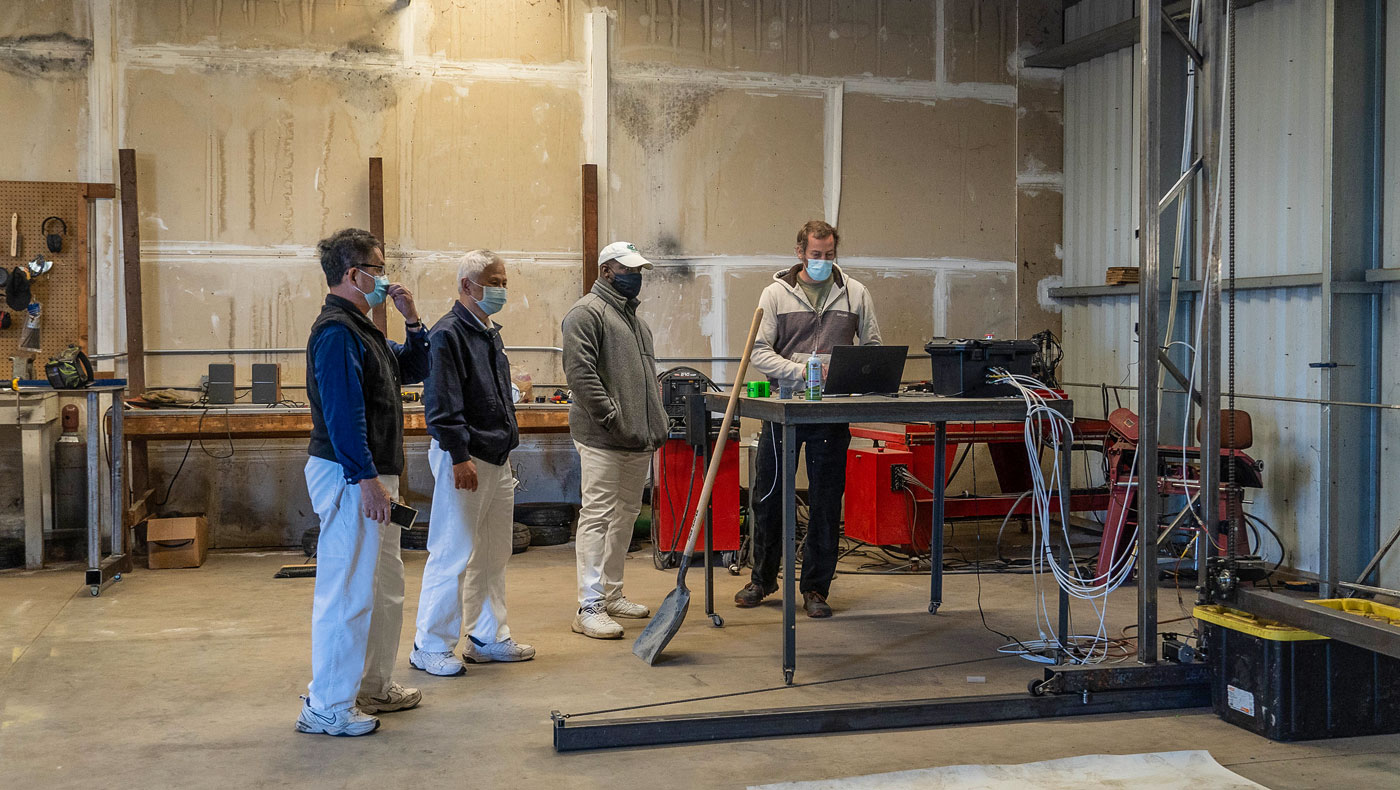
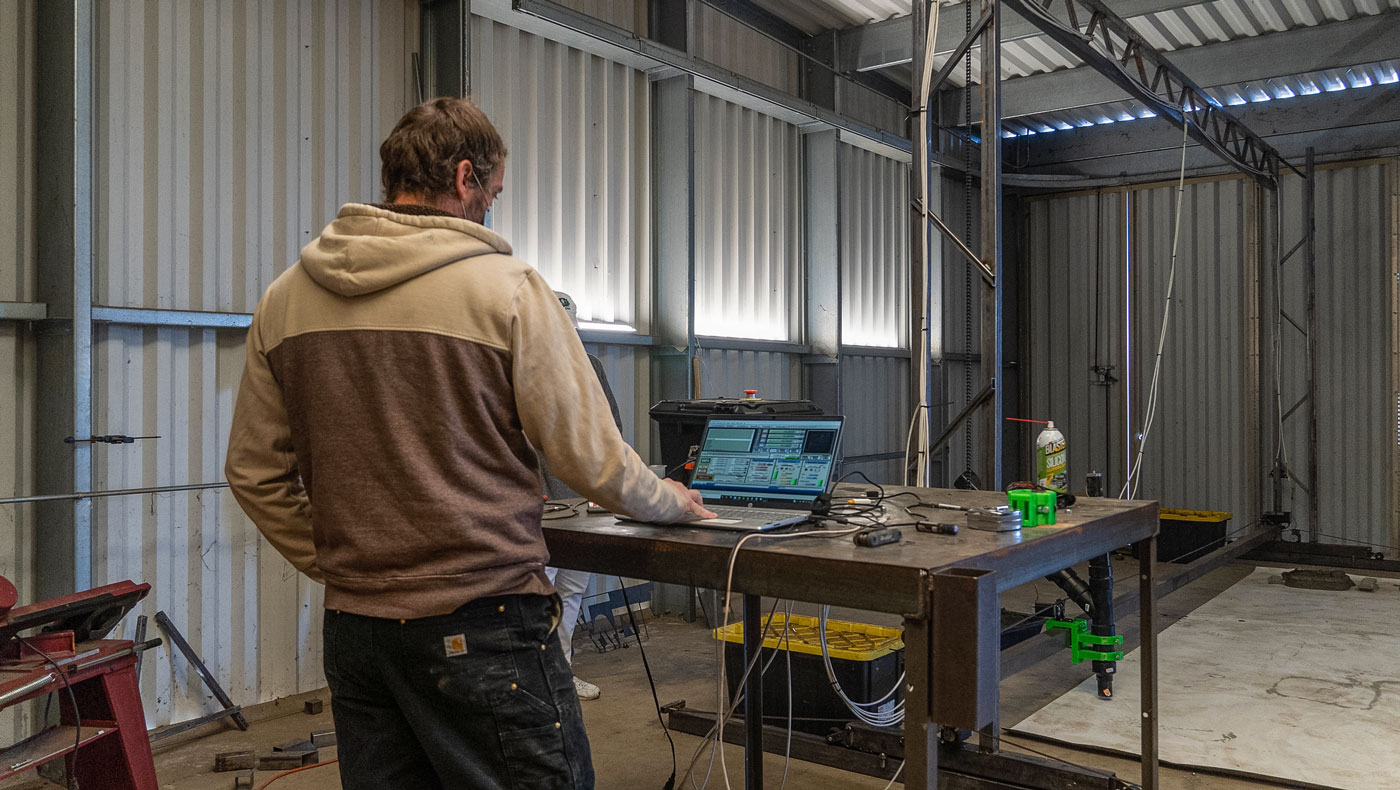
In the workshop at Paradise Airport, Andrew Garrard demonstrates 3D prototype printing and explains the functioning of his self-built 3D printer to Tzu Chi volunteers. Photos/Huan Xun Chan
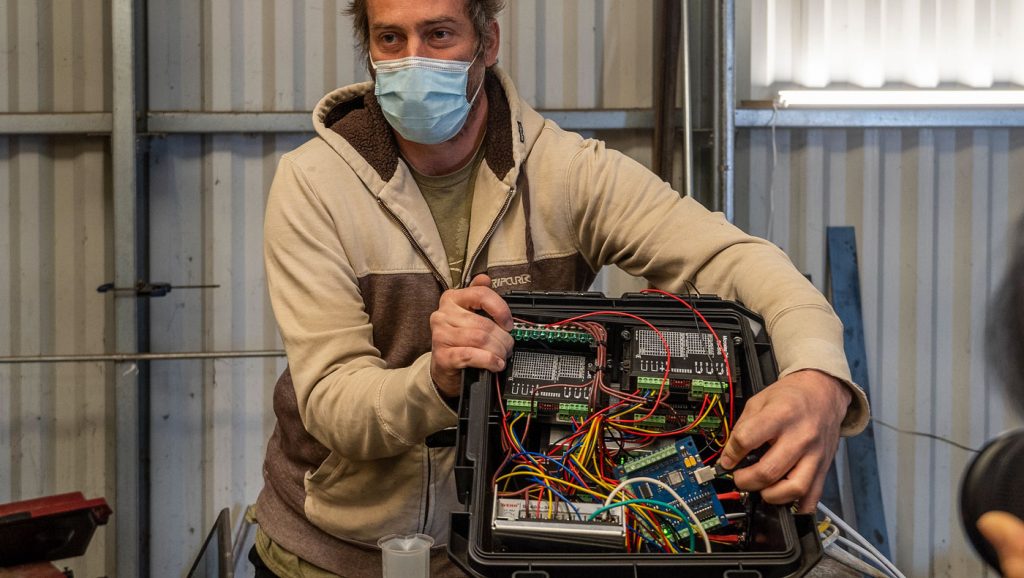
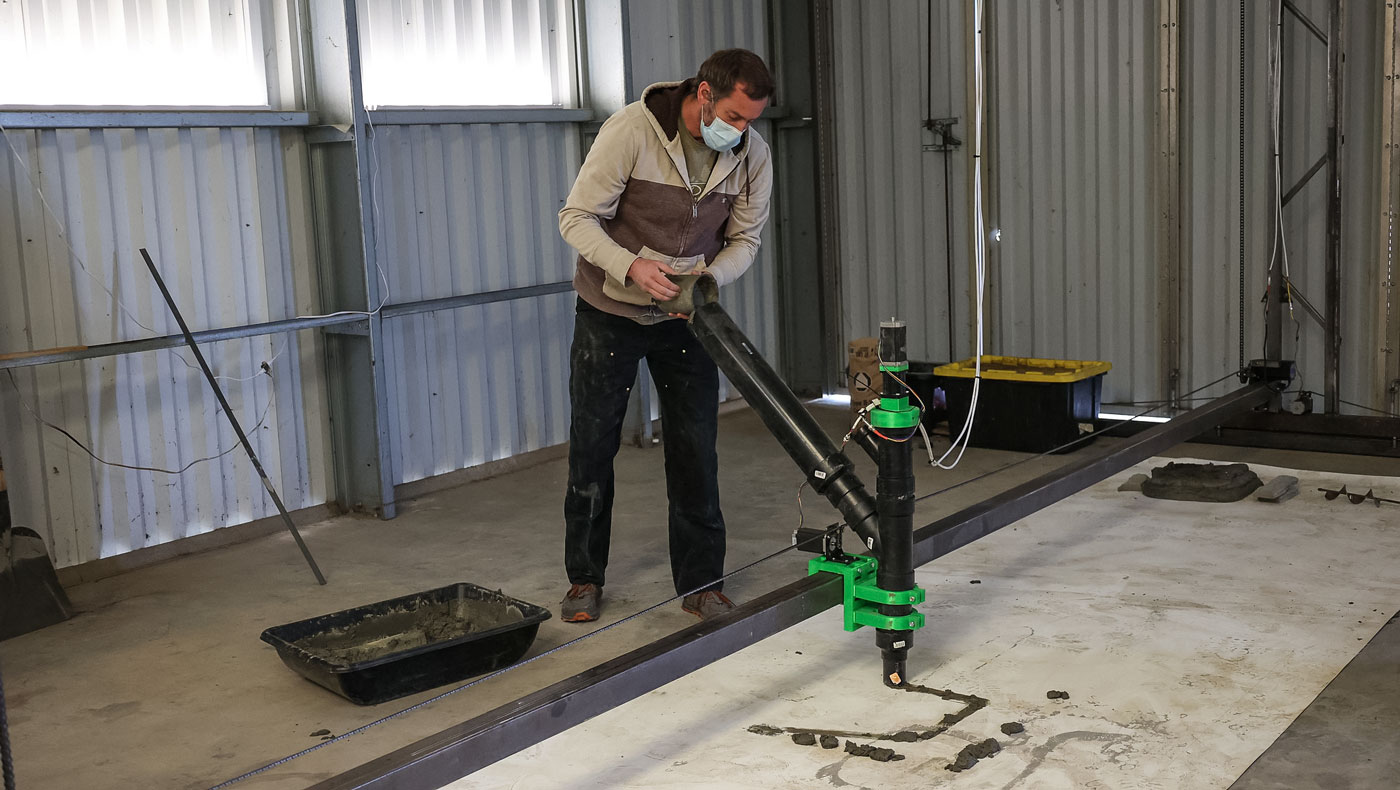
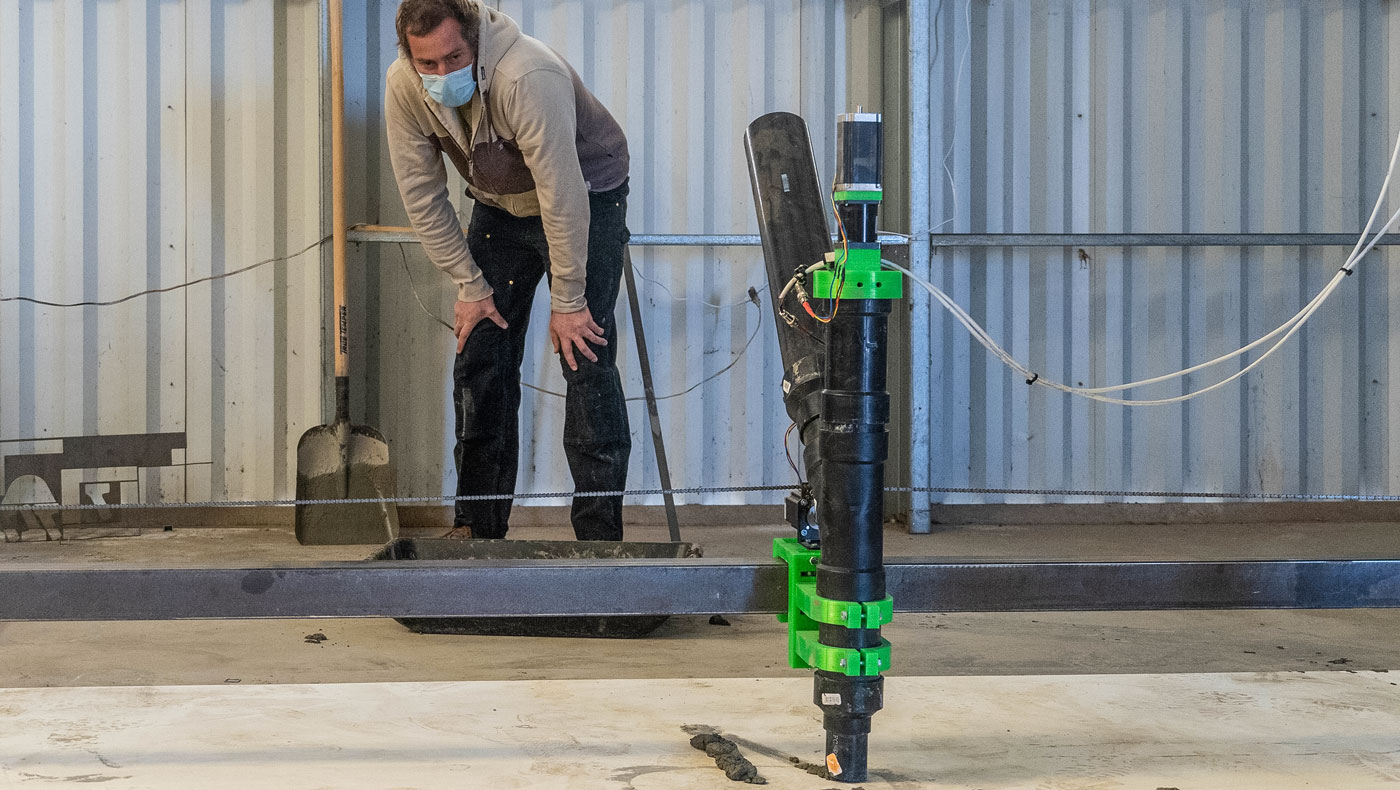
In the workshop at Paradise Airport, Andrew Garrard demonstrates 3D prototype printing and explains the functioning of his self-built 3D printer to Tzu Chi volunteers. Photos/Kitty Lu
We invite you, as well, to partner with Tzu Chi USA by adding your love in support of our many humanitarian and disaster relief missions. If we work together, nobody will be left behind in receiving the care they need.
